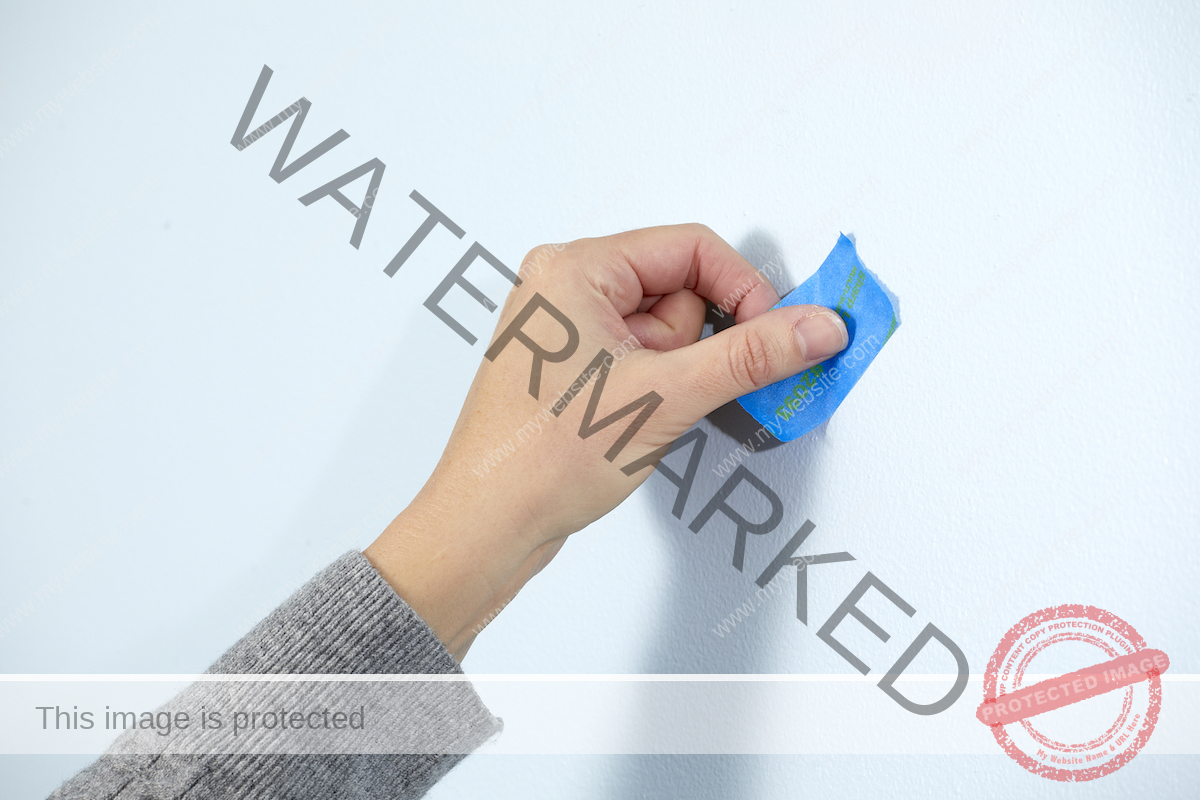
before starting
Know what kind stud finder You picked up. Is it a magnetic stud finder or does it read the density of the wall? Magnetic stud finders will read screws and nails behind the wall, but whether or not these are dead-center still requires some guesswork. If your project is valuable or heavy, it’s best to use a center-finding, density-reading stud finder that will show the edges of your studs. No matter which type you buy from the home improvement store, how to use a stud finder doesn’t change – only the information is displayed differently.
How to use a stud finder
Learning how to use a stud finder is an important skill for any homeowner. You will find its usefulness invaluable when you deal with a variety of DIY projects.
Step 1: Identify your hanging spot.

Decide roughly where you want to hang your items. Know where the top should be and How far up does it need to be mountedThis is the height at which you want to locate the studs on the wall. Remove pictures or other partially metal objects on the nearby wall that may interfere with the readings on the magnetic stud finder and set them aside for now.
Step 2: Make sure your stud finder is on.

Make sure your stud finder batteries are fresh and working, as weak batteries can greatly distort the readings. Also, check to make sure that the flat side of the stud finder (where you’ll see the contacts and usually some felt to keep from scratching the wall) is clear of debris and dust.
Step 3: Locate the Studs.

Studs are usually 16 inches apart (sometimes 24 inches apart in older homes), so you’ll be looking for studs somewhere within a 2-foot radius. Place your stud finder against the wall, ideally about 1 foot away from where you want to drill.
Turn it on. Typically, this is done with buttons on the sides where you hold the device. Now press a button to calibrate the stud finder; When the device stops flashing or beeping, it is ready to go. (Check your manual to see exactly how your stud finder is calibrated, as it varies.)
Step 4: Move the Stud Finder.
Keeping the unit flat on the wall, slowly slide the stud finder horizontally to the right.
Step 5: Mark the spot where the stud is.
When the stud finder alerts you to a stud – via a beep or flashing light, depending on the finder in question – walk the last few inches with the unit to double-check where the alert is. It is happening.
Step 6: Find Dead Center.

Mark the correct location with your pencil. If you are using a center-finding stud finder, you will be shown where the edges of the studs are. Mark each edge so that, when you go to drill or hammer into a stud, you’ll know where dead center is.
Step 7: Double-check your work.
Don’t consider this warning the end of your journey; Instead, continue locating the flanking studs 16 to 24 inches away from the starting mark by following Steps 3 to 6.
Even if your tool indicates it has located the stud exactly where you need it, a stud finder may give a false positive if there is metal piping or flashing or brackets within the wall. Make sure your alert wasn’t a false positive by locating the studs on either side of the one you plan to visit. set up your mirror, TelevisionShelf brackets, or other heavy objects.
Mark their locations when you find them and then measure. If, in fact, they are 16 or 24 inches apart, you have found your center stud. You are now ready to hammer or drill as needed. Proceed carefully and precisely, and you will have no regrets.
Of course, if you prefer the DIY route, you can find wall studs without dedicated tools. While not fail-proof, These three methods This will come in handy if you choose to skip using a stud finder.
questions to ask
Yes, your smartphone can be used as a stud finder if you download an application designed for this purpose. Most stud finder apps use the magnetometer function built into smartphones to detect metal. Similar to a magnetic stud finder, a phone app pressed against the wall surface will alert you to areas where screws and other fasteners are located behind the drywall, indicating the hottest stud locations.
In cases where you intend to hang a heavy object on the wall, yes, you will want to drill holes into the wood studs. Drilling into studs and using heavy-duty fasteners will ensure that the item is securely mounted.
The best way to find studs in a wall is to use a density-reading stud finder. This way, you will be able to see not only the stud locations but also the center of the studs, which is important when installing heavy objects on the wall.
A common reason for a stud finder to beep is that it needs to be recalibrated. In that case, try restarting your pass along the wall to get a better reading. Some stud finders can also detect voltage and will beep to alert the user of live wires behind drywall.



